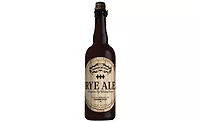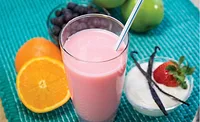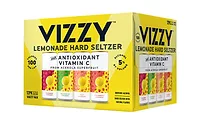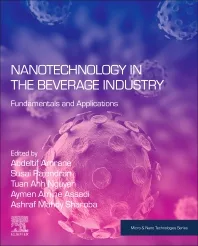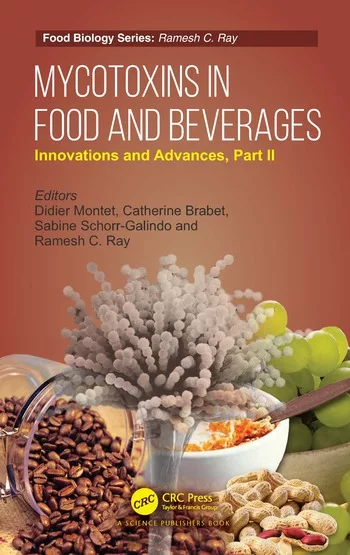Beverage fortification trends result in increased hydrocolloid usage
Suppliers work to mitigate supply chain issues
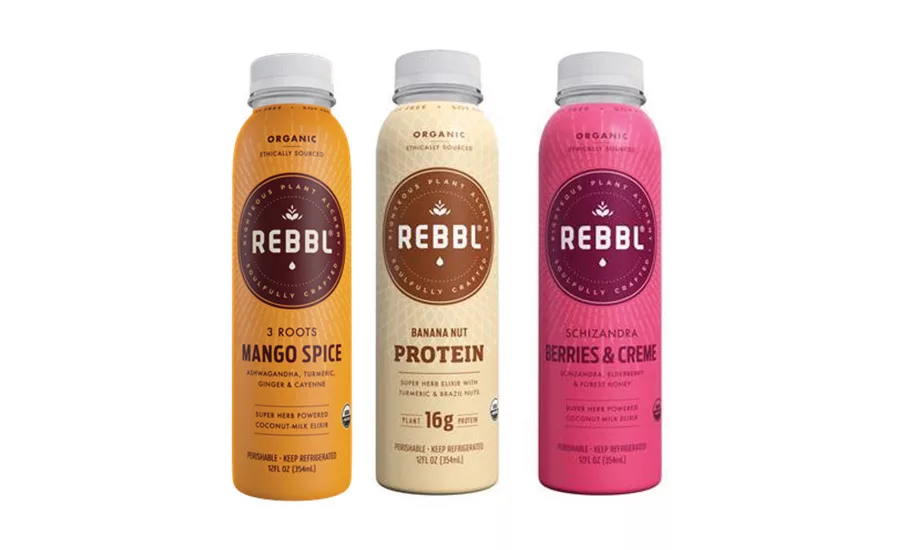
As the popularity of high-protein and reduced-sugar beverages continues to grow, formulators look for new ways to perfect the process while maintaining the texture, mouthfeel and taste of their products. This equates to an increased focus on hydrocolloids, the additives commonly found in many low-calorie foods that help improve viscosity and stability.
"Some of the biggest trends in beverage formulation involve high protein and sugar reduction; hydrocolloids make both of these beverage segments possible," says Wen J. Shieh, Ph.D., technical leader for fruit, beverage and confections at Cargill Texturizing Solutions, Minneapolis. "In protein beverages, hydrocolloids are vital to protein stabilization. With the right hydrocolloid ingredients, we can prevent proteins from breaking down and keep them in solution throughout the beverage’s shelf life.
"In reduced-sugar beverages, we need to build back mouthfeel," Shieh continues. "Sugar has a body and decadence that it brings to beverages. We rely on hydrocolloids to replicate that role in reduced-sugar beverages," he said.
Lauren Standifer, food scientist at TIC Gums, White Marsh, Md., also notes the importance of texture as it relates to food products.
"Consumers think about texture whenever they experience food, but they just may not realize it," she says. "For example, they may categorize a beverage as 'refreshing' but don’t necessarily break down textural attributes such as low mouth coating, high mouth clearing and low cohesiveness. They instead may focus on attributes that have more common consumer terms such as those associated with the flavor, sweetener systems and carbonation. End consumers may not be able to pinpoint why they enjoy one product over another, but texture plays a vital role in the overall eating/drinking experience."
Standifer also explains that hydrocolloids can help extend the shelf life of food and drinks by stabilizing their appearance.
"In addition to the perception of a finished good, textural attributes also contribute to the shelf life of a finished good," Standifer says. "Oftentimes a product’s shelf life is determined by physical qualities — or appearance — ahead of product safety defects. This is to say that when a product’s appearance begins to deteriorate, it is generally before the product is unsafe to eat. By using hydrocolloids to add texture to different applications, a product can gain an enhanced appearance, ultimately extending the shelf life until there is a true safety defect."
Christine Addington, senior dairy technical service specialist at Cargill, notes some of the challenges of formulating with hydrocolloids.
"Neutral pH dairy beverages rely on hydrocolloids [such] as milk proteins, which are especially susceptible to heat during processing," Addington says. "This is a special challenge for beverages created with ultra-high temperature (UHT) processing, as formulators run the risk of denaturing the proteins, causing a sandy or gritty texture.
"The right hydrocolloid can coat and protect the protein, and at the same time, help create the thick, creamy texture consumers expect from dairy beverages," she continues. "They also help provide good homogenization and prevent phase separation and precipitation of proteins."
Supply vs. demand
Because of the raw material nature of many of the ingredients that make up hydrocolloids, severe weather often can have an adverse effect on the availability of many finite crops, which can then lead to shortages.
"Hydrocolloids can be vulnerable to supply chain issues," Cargill’s Shieh says. "For example, a few years ago pectin was in short supply due to a devastating tropical storm that decimated the citrus crop in Mexico and South America. By 2016, the pectin supply had nearly recovered, but that example highlights the importance of partnering with reliable ingredient suppliers with global sourcing abilities."
Jessica Knutzon, senior manager of Americas Marketing at Atlanta-based CP Kelco, echoed similar sentiments.
"Raw material availability has been a critical factor in pectin supply and market growth due to general volatility in citrus harvests (namely lemons and limes)," she says. "Shortage of citrus peel during the past six years significantly affected pectin production and supply/availability worldwide."
However, steps are being taken to combat volatility in the supply market, Knutzon notes.
"CP Kelco has been able to proactively address this by developing a proprietary process for orange peel processing," she says. "Significant investments in the pectin platform address both raw material supply and production capacity.
"We have reduced dependency on peel from a single geographic area so we can better withstand disruptions while simultaneously enhancing the pool of high-quality peel available to our pectin production units worldwide," Knutzon continues. "Because of our technology and improvements, we can maintain a sustainable source of raw material for all three of our large pectin production facilities."
Cleaning up
In an effort to adapt to the ever-increasing demands of consumers, more manufacturers have attempted to pare back the number of ingredients on their labels. Using more natural ingredients also can help beverage-makers meet preferred clean-label requirements, experts say.
Chloe McDaniel, marketing specialist at TIC Gums, highlights this emerging trend.
"Product developers are not only tasked with finding functional ingredient solutions for their formulations, but also those that abide by the label requirements of consumers," McDaniel says. "When a developer is looking to clean up their label, it is often contingent on GMO status, organic status, retailer approval and other preferred variables.
"Because many of our products come from agricultural sources, they often align with consumer-friendly label claims, such as the Non-GMO Project Verified seal, another huge trend in the food and beverage industry," she continues.
Additionally, CP Kelco’s Knutzon outlines the struggles of making a "natural" claim.
"Many hydrocolloids are allowed in organic foods, creating opportunities to produce a variety of beverages enhanced with nature-based hydrocolloids," Knutzon says. "Natural claims can be challenging because there is rarely a government definition. However, having nature-based ingredients and offering options that meet requirements like vegan, non-GMO, organic and shorter ingredient lists can help manufacturers meet their definitions of ‘natural.’ This will provide more opportunities for hydrocolloids to play a key role in new product innovation."
Experimentation and Innovation
Consumers' thirst for clean labels shows no signs of being quenched anytime soon. That gives hydrocolloid suppliers plenty of incentive to find innovative solutions.
With that said, the health-and-wellness beverage market still has plenty of room to grow, CP Kelco’s Knutzon explains.
"The clean-label mega trend shows no signs of slowing down, so that means more formulators will work on shorter ingredient lists and/or choose nature-based ingredients," she says. "As consumers continue to focus on health and wellness, they will seek out next-generation beverages that are enhanced with more protein and low sugar to power them."
Cargill’s Shieh notes a similar philosophy for the future of hydrocolloids. "Cargill is continuously exploring and developing new hydrocolloids from various natural sources," he says. says. "We are working to develop new ingredients that will provide enhanced functionality and appealing mouthfeel all at a competitive price." BI
Looking for a reprint of this article?
From high-res PDFs to custom plaques, order your copy today!



